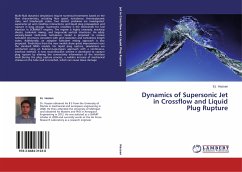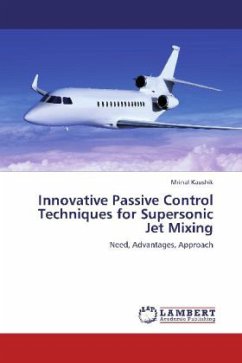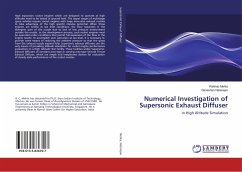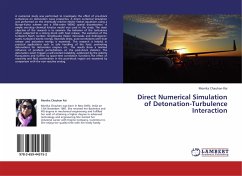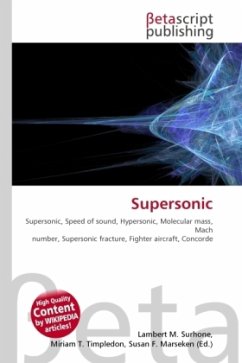Computational and experimental studies have been carried out, on a rectangular mixed compression supersonic air-intake designed for Mach 2.2. The details of flow field have been obtained with different cowl deflection angles and back pressures. The effectiveness of cowl deflection compared to conventional bleed has been investigated. Unsteady flow field details inside the intake duct with cowl deflection and back pressure have been also obtained. The study provides the start / unstart characteristics of intake with bleed and cowl deflection angle, performance with combined adoption of bleed and cowl deflection together, the effect of cowl deflection angle without and with various back pressures and the unsteady flow field characteristics inside the intake duct. These studies give the details of complex flow existing inside the air-intake even at design conditions and the possibility of adopting cowl deflection to improve the performance of intakes. The details obtained from the present study are expected to provide useful inputs towards the design of air-intakes at supersonic speed.


